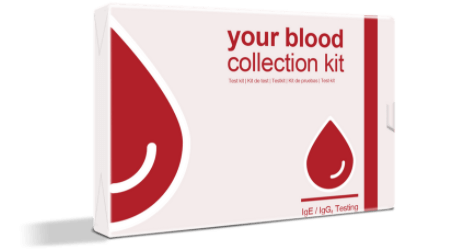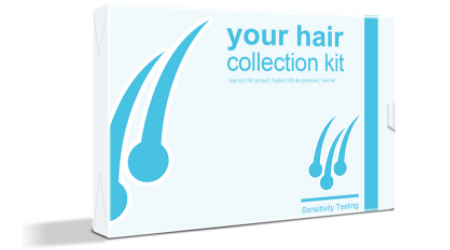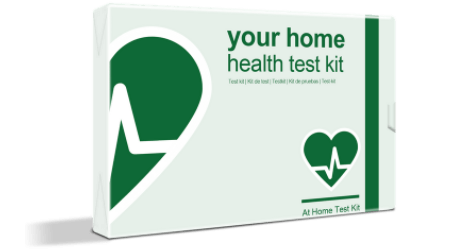IBS stands for irritable bowel syndrome which is an intestinal disorder that causes discomfort in the stomach as well as diarrhea, and constipation. An elimination diet for irritable bowel syndrome is not your ordinary, average diet that you’re used to hearing about, but is instead a system that you may use to assess and observe certain foods and their contribution to the symptoms of IBS.
Setting up an elimination diet for IBS
There are two main uses of elimination diets the most important being identifying specific foods that trigger your IBS symptoms. In this method, you will be going after the exact foods that trigger the symptoms in your body. The most common foods that are usually tested for tolerance by the elimination diet include foods such as soy, corn, and foods containing gluten like wheat or barley. Once you determine that these foods are causing flare-ups, you will know to avoid those to reduce the likelihood of dealing with them.
The second use of an elimination diet is as part of a long-term low-FODMAP diet for irritable bowel syndrome, specifically to help you manage your symptoms on a regular basis. The low-FODMAP diet is the sole available diet-based treatment approach for IBS that has research support for its effectiveness ?[1]. The first stage of the diet involves expelling all high-FODMAP foods from your diet for a period of eight to twelve weeks.
How does the low-FODMAP diet work?
The first stage of the diet involves expelling all high-FODMAP foods from your diet for a period of eight to twelve weeks. During this time, your body will begin to detox from the symptom-causing foods and regulate itself. You should experience a reduction in IBS symptoms as well.
After your body is flushed out from high-FODMAP foods, you can begin on a low-FODMAP diet that is designed by a professional that knows your medical history. It’s important to make sure that you only do this the support of a medical professional or nutritionist to make sure that you are meeting your overall nutrition goals.
When you begin the low-FODMAP diet, you will no longer be eating foods that are known to irritate the bowel and digestive tract. This will keep your flare-ups minimal and also help manage any daily symptoms that you are used to feeling even if you are avoiding the specific foods you know to cause bad reactions. In a recent study, it was determined that taking on a proper flushing stage, and then adapting to a strict low-FODMAP diet helped reduce common symptoms such as bloating, stomach pain and flatulence [1].
Before commencing the elimination diet
Before jumping into an elimination diet, you should first consider getting diagnosed for celiac disease. This is an autoimmune condition which puts your short and long term health at risk when you eat foods containing gluten. Keep in mind that the most current tests for celiac disease can precise whether or not you have been ingesting foods containing gluten at the time of testing [2]. That being said, you should have a food diary whether a simple notebook or mobile tracking app as it will come in handy when keeping tabs on instances such as what foods are causing symptoms as well as what the symptoms themselves are. You can also track also important health details to form a complete picture, including menstrual cycles and stress levels. These may be partly responsible for any symptoms you are experiencing.
If you decide that an elimination diet, it’s important to make a decision on what foods to expel first in case you want to observe any possible food sensitivities start with. This should be done one food at a time until you get through the list. Studies suggest that following a properly supervised elimination dit can improve overall quality of life for those with IBS who weren’t able to experience relief from traditional treatment options [3].
If you go with the low-FODMAP diet instead, you are simply choosing to expel all high-FODMAP foods all at once. Stocking your kitchen will be a good idea since you will have to give more attention to the foods you eat. Home cooked meals will be a huge advantage because you can get to pick the ingredients that you know you are tolerant to eating and digesting. Stocking up a wide range of foodstuffs for your daily meals such as breakfast, lunch, and supper that are free of the the IBS-causing ingredients should always be at the front of your mind. In the beginning, it can feel like a lot of work, but over time you will adjust to it and your body will be grateful for the diligence as well.
If you would like to know more about dealing with intolerances and sensitivities on a day to day basis, then please remember to log on to www.testyourintolerance.ca and speak with our Customer Services advisors who are available 24/7 for your convenience.
References
[1] Halmos, E.P., Power, V.A., Shepherd, S.J., Gibson, P.R. and Muir, J.G., 2014. A diet low in FODMAPs reduces symptoms of irritable bowel syndrome. Gastroenterology, 146(1), pp.67-75. Available at: https://www.ncbi.nlm.nih.gov/pubmed/24076059
[2] Sarna, V.K., Lundin, K.E., Mørkrid, L., Qiao, S.W., Sollid, L.M. and Christophersen, A., 2018. HLA-DQ–gluten tetramer blood test accurately identifies patients with and without celiac disease in absence of gluten consumption. Gastroenterology, 154(4), pp.886-896. Available at: https://www.ncbi.nlm.nih.gov/pubmed/29146521
[3] Drisko, J., Bischoff, B., Hall, M. and McCallum, R., 2006. Treating irritable bowel syndrome with a food elimination diet followed by food challenge and probiotics. Journal of the American College of Nutrition, 25(6), pp.514-522. Available at: https://www.ncbi.nlm.nih.gov/pubmed/17229899


